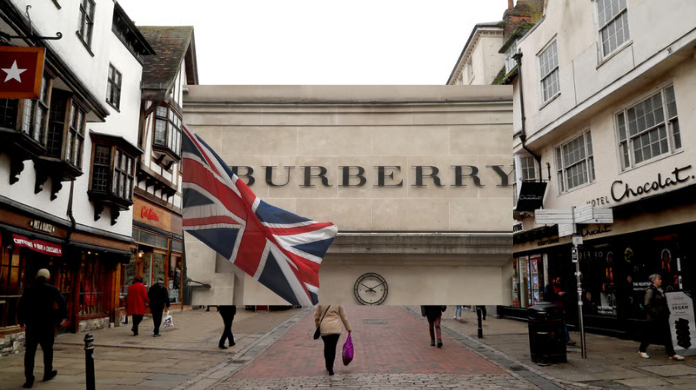
Burberry to Cut 1,700 Jobs Amid £3M Loss and Turnaround Plan
Luxury fashion house Burberry has announced plans to cut approximately 1,700 jobs globally, as part of a bold turnaround strategy to save £100 million annually by 2027. The move comes in the wake of a financial downturn that saw the iconic British brand slide into a £3 million loss for the year ending March 29, reversing a £418 million profit from the previous year.
CEO Joshua Schulman, who took over leadership in 2024, said that despite current headwinds, he believes Burberry’s best days are ahead, pointing to early signs of renewed customer interest and strategic momentum.
Read Also: Tim Davie Says BBC Faces Dilemma in Distributing Investment Across UK
Cost-Cutting Strategy and Job Reductions
Global Workforce Affected
The company’s two-year cost-saving programme will impact about 20% of its global workforce, primarily through reductions in office roles. A night shift at Burberry’s trench coat factory in Castleford, UK, will also be eliminated to address overproduction issues.
Financial Goals
Burberry raised its cost-cutting target from £40 million to £100 million per year by 2027, with £60 million in new savings expected to come from workforce-related reductions and operational efficiencies.
Sales Slump and Regional Challenges
Sales Down Across Key Markets
Burberry reported a 12% decline in like-for-like retail sales, driven by a 16% slump in Asia-Pacific. Sales in the Americas and EMEIA (Europe, Middle East, India, Africa) dropped 4%, while Q4 performance saw a milder-than-expected 6% drop in comparable sales.
U.S. Market Uncertainty
The U.S. market, which accounts for 19% of Burberry’s revenue, showed signs of slowing momentum. CFO Kate Ferry noted the company is prepared to mitigate tariffs and absorb shocks through its broader cost-cutting strategy.
Schulman’s Vision for a Turnaround
Refocusing on British Heritage
Since taking over, Schulman has shifted the brand’s strategy toward emphasizing British identity, with a renewed focus on signature products like trench coats and scarves. The February 2025 fashion show reportedly generated double-digit increases in retailer orders, a promising signal after years of reduced demand.
Restoring Market Confidence
Investors responded positively to the announcement, with Burberry shares jumping 18%, buoyed by Schulman’s confidence and the projected path to profitability.
Burberry’s Legacy and Public Perception
Founded in 1856 by Thomas Burberry, the brand has long been a symbol of British luxury. However, it has also battled reputational challenges due to associations with football hooliganism in past decades. The company now aims to restore its prestige by modernizing its image and re-engaging global consumers.
Outlook
Despite a difficult financial year, Burberry is betting on strategic cuts, product focus, and branding revitalization to fuel a successful recovery. With a sharpened strategy and leadership changes in place, the company is positioning itself to regain its standing in the global luxury fashion market.
Closing Note:
Burberry’s transformation is a high-stakes bid to blend heritage with innovation. While painful job cuts lie ahead, the brand’s leadership insists this reset is essential for securing long-term, sustainable growth.
This article is originally published on: witneygazette



